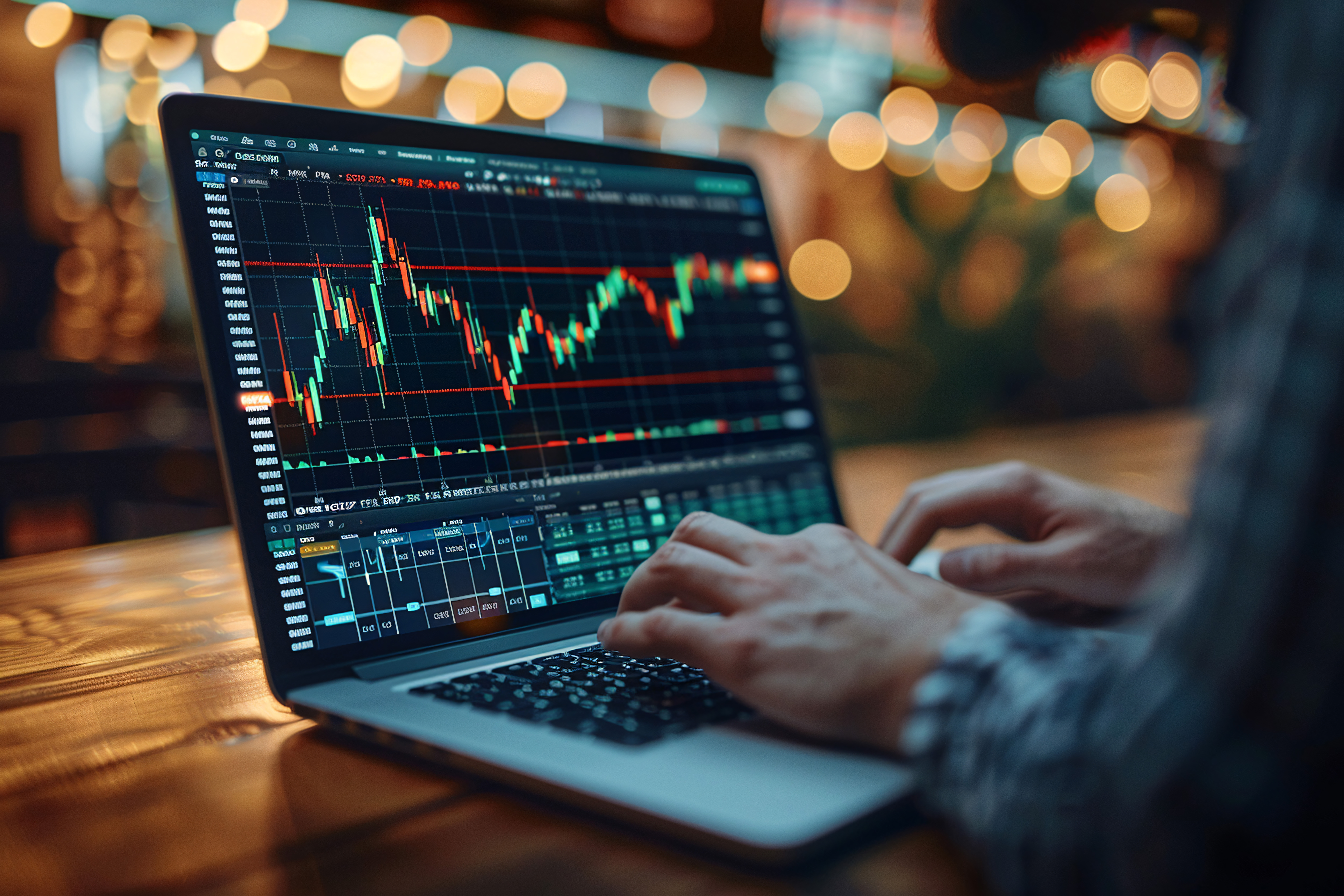By Tim Courtney, Chief Investment Officer
Despite all the noise this year around tariffs, wars, inflation and more, markets to date have moved very little. Take a look at large-cap U.S. stocks, REITs and bonds, which are all up between 1% and 3% through mid-June.1, 2
There are a few exceptions. Gold is up about 28% year-to-date,3 and international stocks are up as well, with returns between 12% and 20% year-to-date.4 These returns are due in large part to a weaker U.S. dollar (down about 9%5).
So, outside of dollar weakness causing some higher returns in a few assets, most of the market is not too far away from where we started 2025. This might be surprising considering how loud the news has been this year and how volatile markets were in April when the CBOE Volatility Index (VIX) shot up to 70 before falling back down.7 Investors hadn’t seen levels that high since the peak of COVID in 2020.
What we’re seeing now is a shift from the unusually calm conditions of 2023 and 2024 to something more typical: noise and uncertainty. We can get used to how things have been for some time and forget how things were before. Similar to how we got used to low inflation between 2008 and 2020, only to be reminded that we’ve gone through several damaging bouts of inflation over the last 50 years.8 Many investors had forgotten that unpredictable volatility spikes are the norm.
Uncertainty is the cost of admission to generate real returns. We often say that we get paid our returns when the environment is calmer, but we earn them in times when volatility is high, like in April this year. Much of the volatility this year has been because of policy uncertainty, and as investors, we would always prefer more policy certainty. But if it is not policy changes causing volatility it is usually something else, like inflation, or debt defaults, or concern about valuations, or any number of other things. The point is that these uncertain outcomes create natural volatility, and this volatility is ultimately responsible for our returns.
Capturing these returns takes discipline. As prices swung around in April, trading based on an unknowable policy outcome was speculation at best. Maintaining a disciplined process and making decisions based on what we know (prices) rather than on what we don’t know (outcomes) has allowed investors to more reliably capture returns over time. If you have any questions, please reach out to your Exencial advisor.
Sources:
- S&P Global (data as of 6/19/25) – S&P 500 Index, United States REIT Index
- S&P Global (data as of 6/19/25) – Bond Index
- Yahoo! Finance (data as of 6/19/25) – SPDR Gold Shares (GLD)
- Yahoo! Finance (data as of 6/19/25) – BNY Mellon International Equity ETF (BKIE)
- MarketWatch (data as of 6/19/25) – U.S. Dollar Index (DXY)
- Yahoo! Finance (data as of 6/19/25) – Russell 2000 Index (RUT)
- Bloomberg (4/4/25) – VIX Closes at Highest Since 2020 as Stock Slide Accelerates
- Investopedia (2/2/25) – Historical U.S. Inflation Rate by Year: 1929 to 2025
PAST PERFORMANCE IS NOT AN INDICATION OF FUTURE RETURNS. Information and opinions provided herein reflect the views of the author as of the publication date of this article. Such views and opinions are subject to change at any point and without notice. Some of the information provided herein was obtained from third-party sources believed to be reliable but such information is not guaranteed to be accurate. In addition, the links provided within are for convenience only and the provision of the links does not imply any sponsorship, endorsement, or approval of any of the content. We do not guarantee the content or its accuracy and completeness. The content is being provided for informational purposes only, and nothing within is, or is intended to constitute, investment, tax, or legal advice or a recommendation to buy or sell any types of securities or investments. The author has not taken into account the investment objectives, financial situation, or particular needs of any individual investor. Any forward-looking statements or forecasts are based on assumptions only, and actual results are expected to vary from any such statements or forecasts. No reliance should be placed on any such statements or forecasts when making any investment decision. Any assumptions and projections displayed are estimates, hypothetical in nature, and meant to serve solely as a guideline. No investment decision should be made based solely on any information provided herein and the author is not responsible for the consequences of any decisions or actions taken as a result of information provided in this book. There is a risk of loss from an investment in securities, including the risk of total loss of principal, which an investor will need to be prepared to bear. Different types of investments involve varying degrees of risk, and there can be no assurance that any specific investment will be profitable or suitable for a particular investor’s financial situation or risk tolerance. Exencial Wealth Advisors, LLC (“EWA”) is an investment adviser registered with the Securities & Exchange Commission (SEC). However, such registration does not imply a certain level of skill or training and no inference to the contrary should be made. EWA may only transact business in those states in which it is registered, notice filed, or qualifies for an exemption or exclusion from registration or notice filing requirements. Complete information about our services and fees is contained in our Form ADV Part 2A (Disclosure Brochure), a copy of which can be obtained at www.adviserinfo.sec.gov or by calling us at 888-478-1971.
Created by the Chicago Board Options Exchange (CBOE), the Volatility Index, or VIX, is a real-time market index that represents the market's expectation of 30-day forward-looking volatility. Derived from the price inputs of the S&P 500 index options, it provides a measure of market risk and investors' sentiments.








